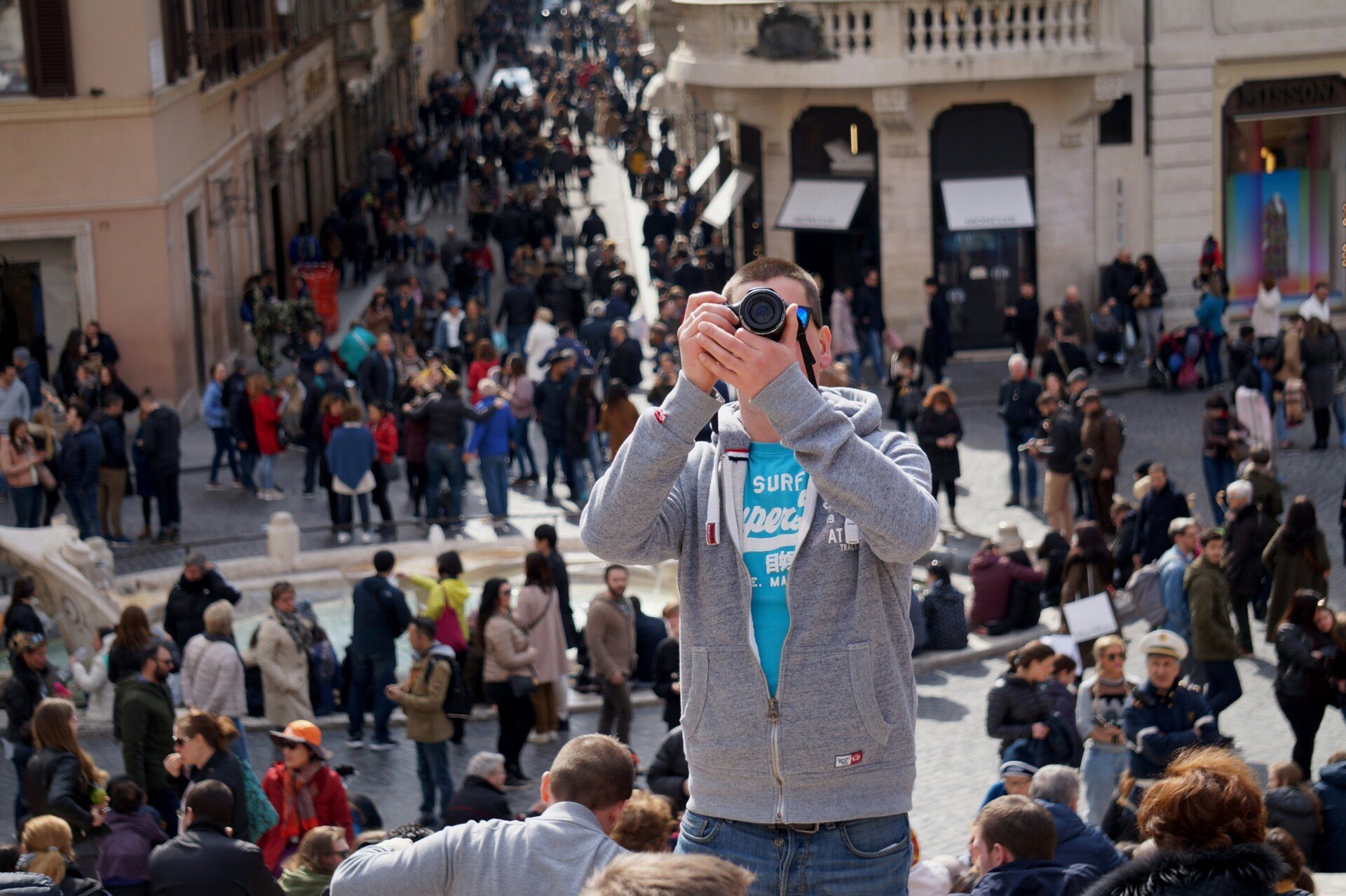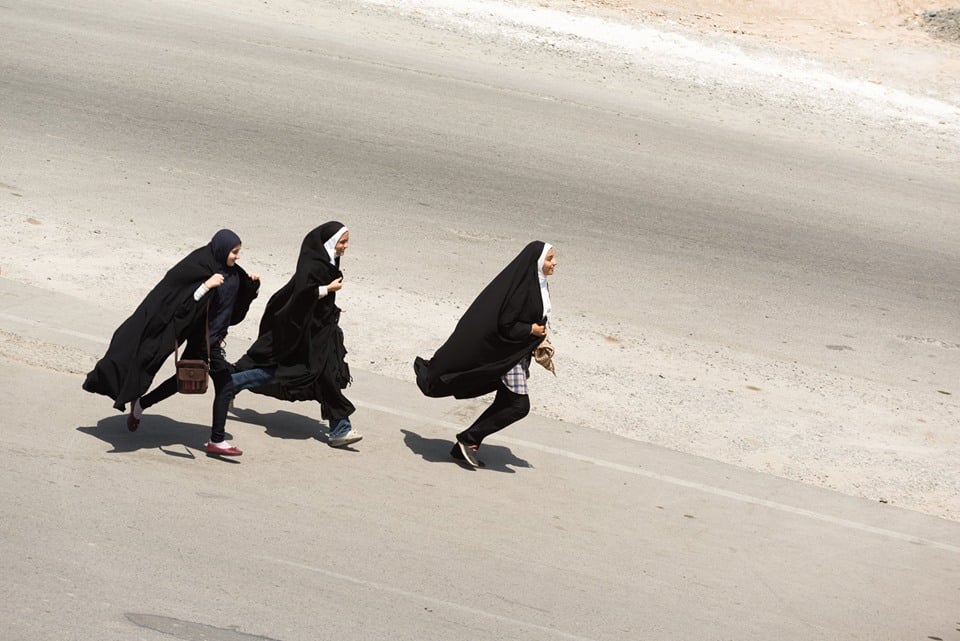Italy, home to artistic and landscape beauties unique in the world, is experiencing a paradox: tourism, the driving force of the national economy, risks suffocating it.overtourism It puts the country's iconic art cities and seaside resorts to the test.
The balance between economic growth and protection of territories seems increasingly difficult to maintain and tourism can turn from an opportunity into a threat, driving away the most demanding tourists and damaging the image of the Bel Paese. To meet this challenge, it is necessary to adopt innovative and sustainable measures.
You too can rediscover the pleasure of staying informed!
Your support helps protect our independence so we can continue to produce quality journalism that is open to all.
Support us
What is theovertourism and what is the current situation in Europe?
The term overtourismwhich can be literally translated as tourist overcrowding, was first published in 2016 by Rafat Alifounder of the New Yorker Landing – travel industry analysis company.
The issue of excess tourism now affects almost all the most popular destinations, in Italy, Europe and beyond. While on the one hand mass tourism generates wealth and employment, on the other hand it poses serious problems.: environmental degradation, overcrowding, traffic jams, price increases, loss of authenticity, discontent among residents and depopulation.
Tourist overcrowding is bringing tourist destinations and cities to their knees, fueling discontent among the people who live in these places.. More or less recently, residents of the most popular cities in Spain, the Netherlands and Croatia have taken to the streets to peacefully demonstrate their opposition to this invasive and uncontrolled form of tourism. Barcelona, Amsterdam, Dubrovnik and Copenhagen are demonstrating to avoid being invaded by mobilizing to say “no” to the phenomenon.
Overtourism in Italy, data available
In Italy, the situation is not the best if we consider that the latest Istat data on Italian tourism trends indicate that between 2019 and 2023, arrivals in Italian accommodation establishments increased by 3 million units (+2.3% compared to 2019), while tourist presences increased by 14.5 million. (+3.3%). Furthermore, in 2023 alone there were about 16 million additional arrivals compared to 2022 (+13.4%) and over 39 million presences (+9.5%).
The most alarming data comes from the analysis of Ref Research indicating that, In Italy, 15% of municipalities represent 86% of total tourist presence. Cities like Venice, Rimini, Rome, Naples, Florence and Milan “bear” the “burden” of the weight of the tourist value in the Italian GDP with all that follows. This is what emerges from the 2023 economic data of Confindustria which indicate that at the end of 2023 the tourism package has brought in around 50 billion euros.
Possible solutions to stem the emergency and not lose wealth
In an attempt to stem the phenomenon ofovertourism Several cities have already implemented more or less convincing strategies and solutionsVenice, the Italian queen victim of the phenomenon, experienced, from April to July, a ticket entry to try to put an end to illegal arrivals. The autonomous province of Bolzano has however imposed a maximum limit on the number of beds. Maximum number of arrivals by sea and land also for Sardinia and reservation required application at least three days in advance.
These are just some of the possible measures implemented by institutions and local administrations but, To face this challenge, it is necessary to adopt innovative and sustainable measures, complex and detailed, which do not penalize the inhabitants. Diversifying the tourist offer, promoting lesser-known destinations, regulating short-term rentals, de-seasonalizing the offer and investing in eco-sustainable infrastructure could help to stem the phenomenon and ensure a greater redistribution of tourist wealth to lesser-known destinations, thus alleviating the strangulation of the most popular cities.
The future of Italian tourism depends on the ability to find a new balance between economic growth and the protection of cultural and environmental heritage. The confirmation comes from Roberta Garibaldi – one of the main Italian representatives of the sector – university professor of tourism managementPresident of the Italian Association of Food and Wine Tourism “OWe need to rebalance the territories: people want open spaces, smaller villages and food and wine experiences. All the data tells us that this is the way forward“.

